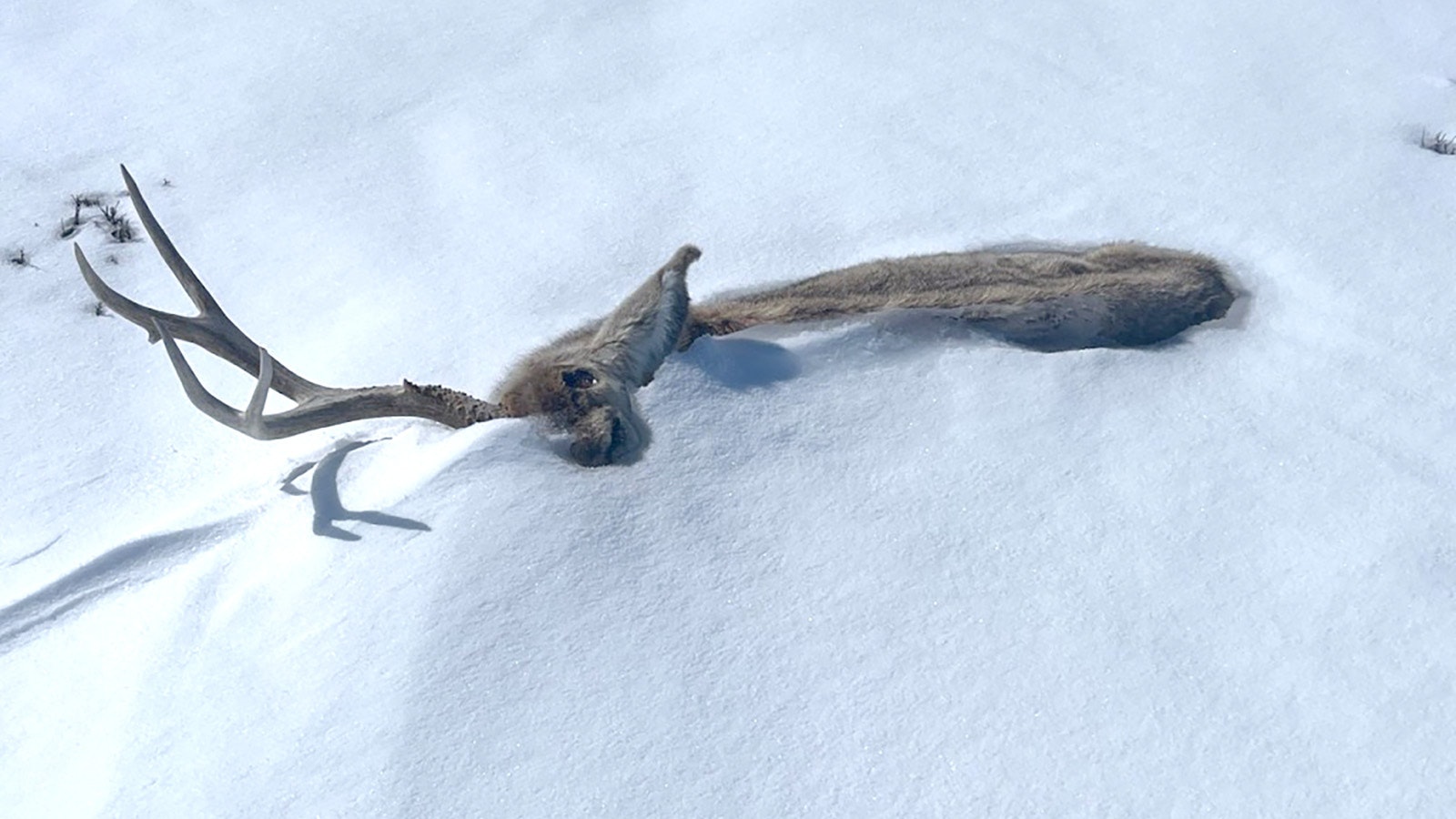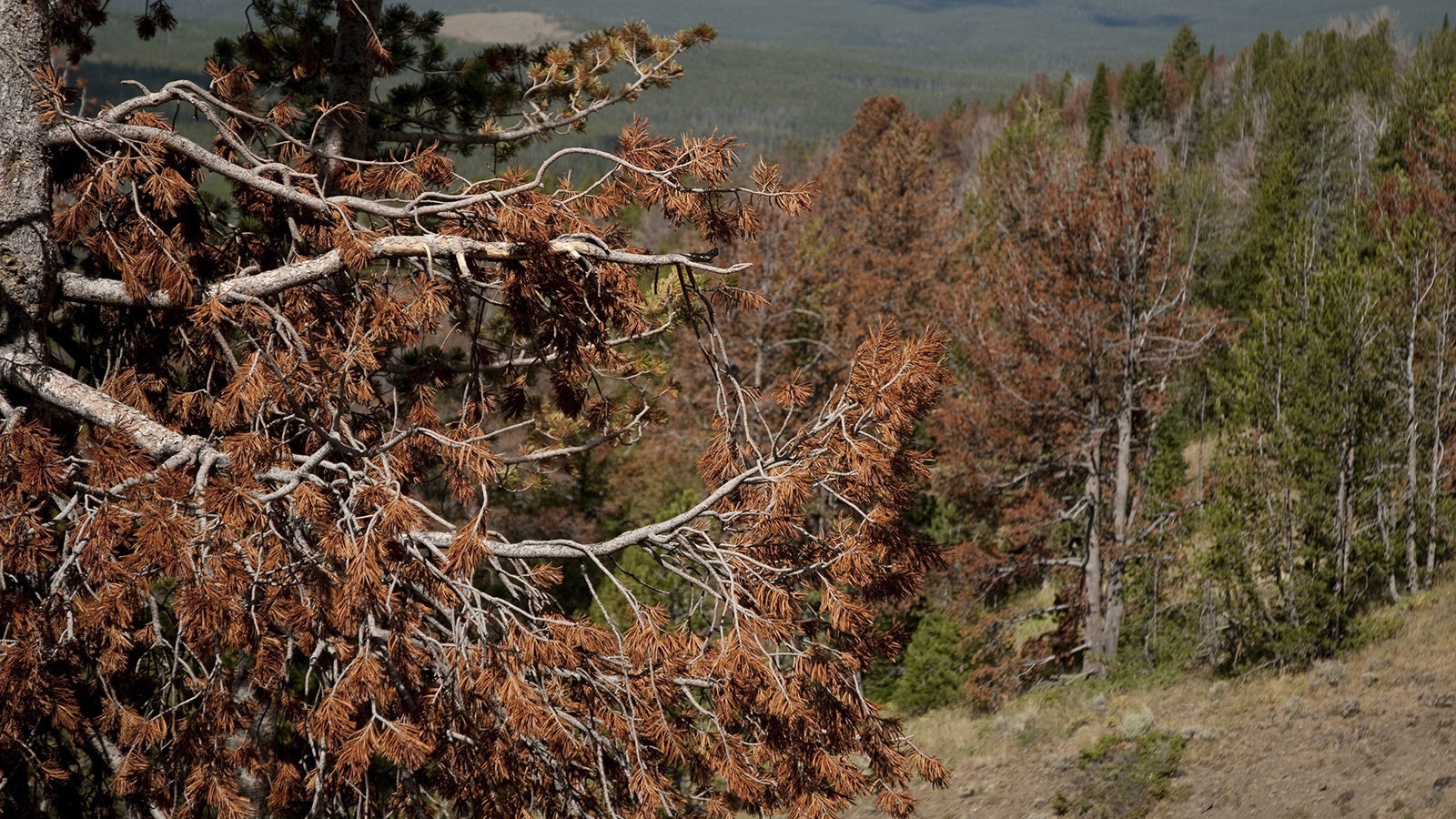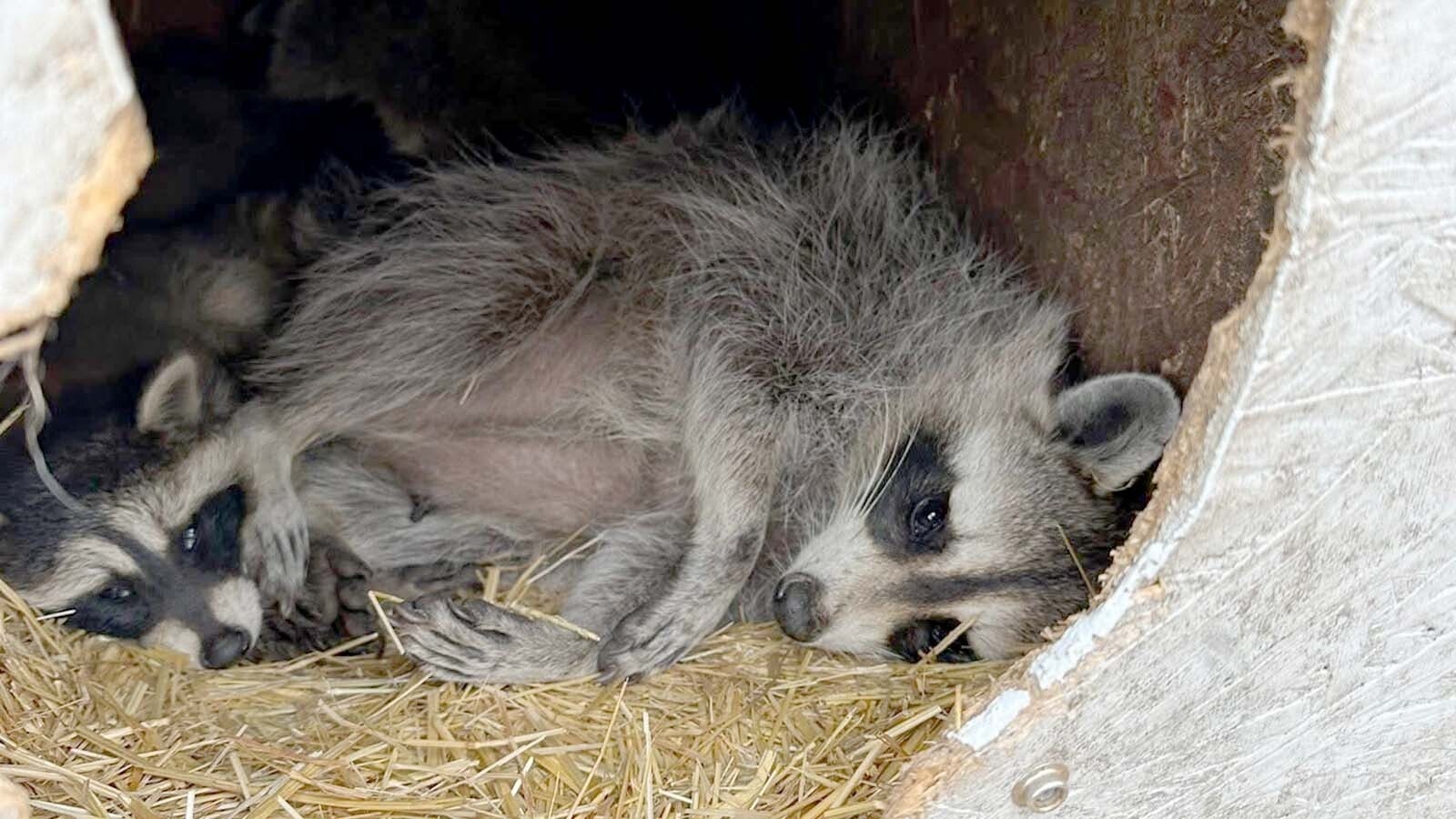The Wyoming Game and Fish Department usually starts counting the winter’s dead among wildlife herds in May.
In vast swaths of Wyoming, that isn’t happening this year.
“I don’t think we’re going to have a good picture of the extend of the losses for while,” Regina Dickson, spokeswoman for the Game and Fish Green River Region, told Cowboy State Daily. “It could be July this year.”
Still Too Much Snow
Interstate 80, particularly west of Rawlins, has become a corridor of death with recent travelers along that route reporting dead wildlife —mostly antelope — lining both sides of the road for miles.
There’s still no guessing how many carcasses are still scattered across the landscape away from the highways still buried in snow or in areas impossible to get to now, Dickson said.
Estimates of up to 50% losses in some mule deer herds, and 80% among antelope, have been tossed out recently. But Dickson said official counts are still a long way off.
“Guestimating is not something the Game and Fish is in to,” she said, adding that mortality surveys will begin in earnest “once the ground opens up.”
And many places remain stubbornly buried or snow or otherwise impassible, Dickson said.
“We’ll also do fall counts” to see how the animals are faring, she added.
Deadly ‘Inverted Snowfall’
Wyoming has had hard winters and large game die-offs before, including in the mid and late-2010s. However, what’s made this year particularly deadly is an “inverted snowfall,” as Sen. Larry Hicks, R-Baggs recently described it.
That means that while the mountains got plenty of snowfall, the lowlands – where big game winter range is – got just as much, if not more.
So, when animals started migrating out of the mountains to escape the worst of winter, they found their usual lowland havens also buried. Many were trapped amid the drifts with nowhere else to go, freezing or starving to death.
‘1,300-1,400 Antelope Carcasses’
Outdoorsman Zachary Key of LaBarge told Cowboy State Daily that he’s recently been out along some highways and county roads in the Upper Green River Basin, helping road crews collect carcasses.
“We’re sitting at about 1,300-1,400 antelope carcasses so far. And those are just the ones along the main roads. We’re not even getting to the ones that are along the two-tracks or out in the sage brush,” he said. “Those are mostly just the ones that starved to death.”
Along busy main highways, there’s also been lots of roadkill.
“The deer have been gathering by the sides of the main highway. They’re just trying to get a bit to eat, and they’re getting smoked left and right,” Key added.
Wyoming Department of Transportation crews elsewhere in Wyoming also reported having to haul off truckloads of roadside carcasses.
Key said he’s still holding on to hope that a fair number of deer will still pull through.
“I’ve seen both ends of the spectrum,” he said. “I’ve seen some deer that look OK and healthy, and some deer that look like walking death. I’m a Wyoming native, I’m going on 38 years old, and I’ve neve seen anything like this in my life.”
Mark Heinz can be reached at: Mark@CowboyStateDaily.com





